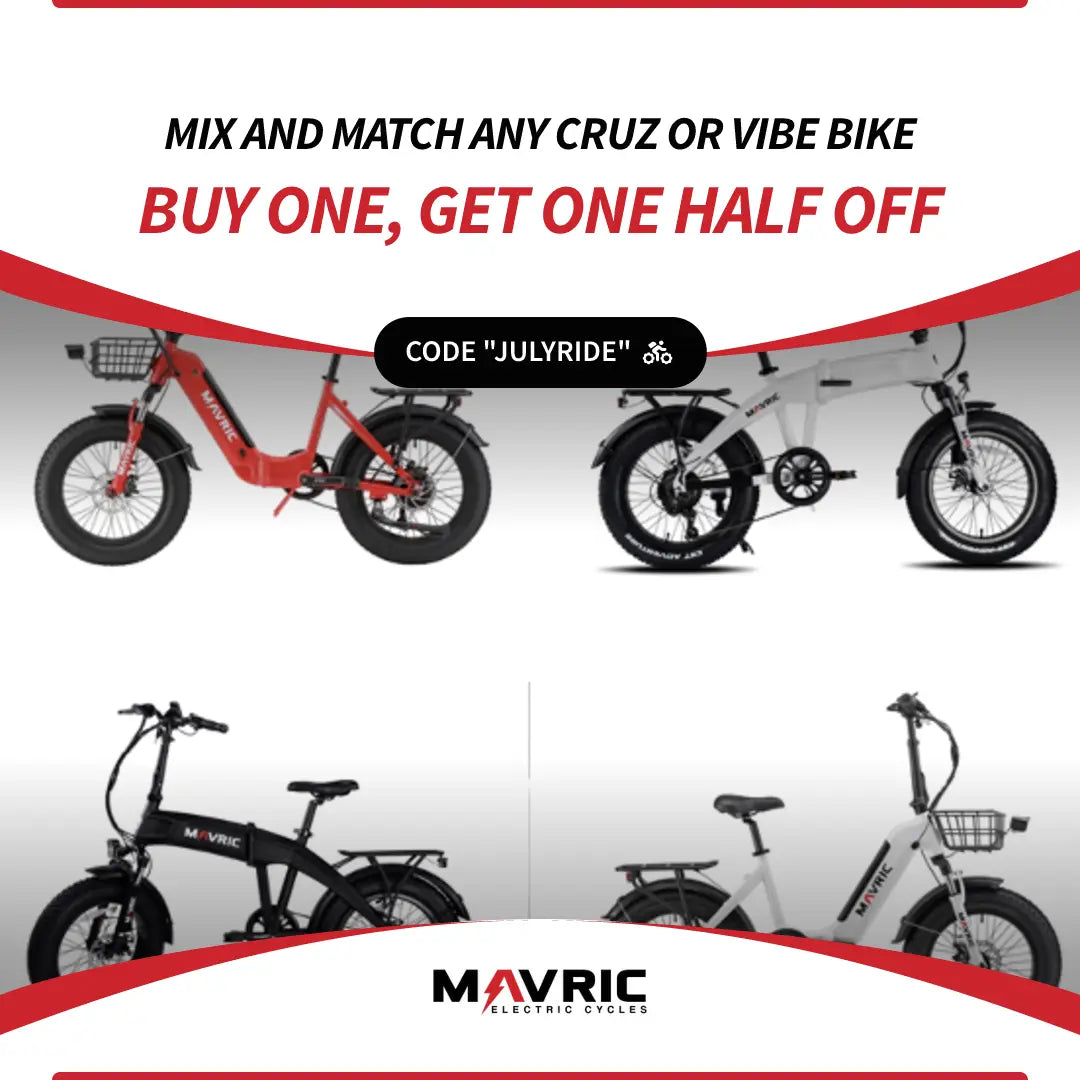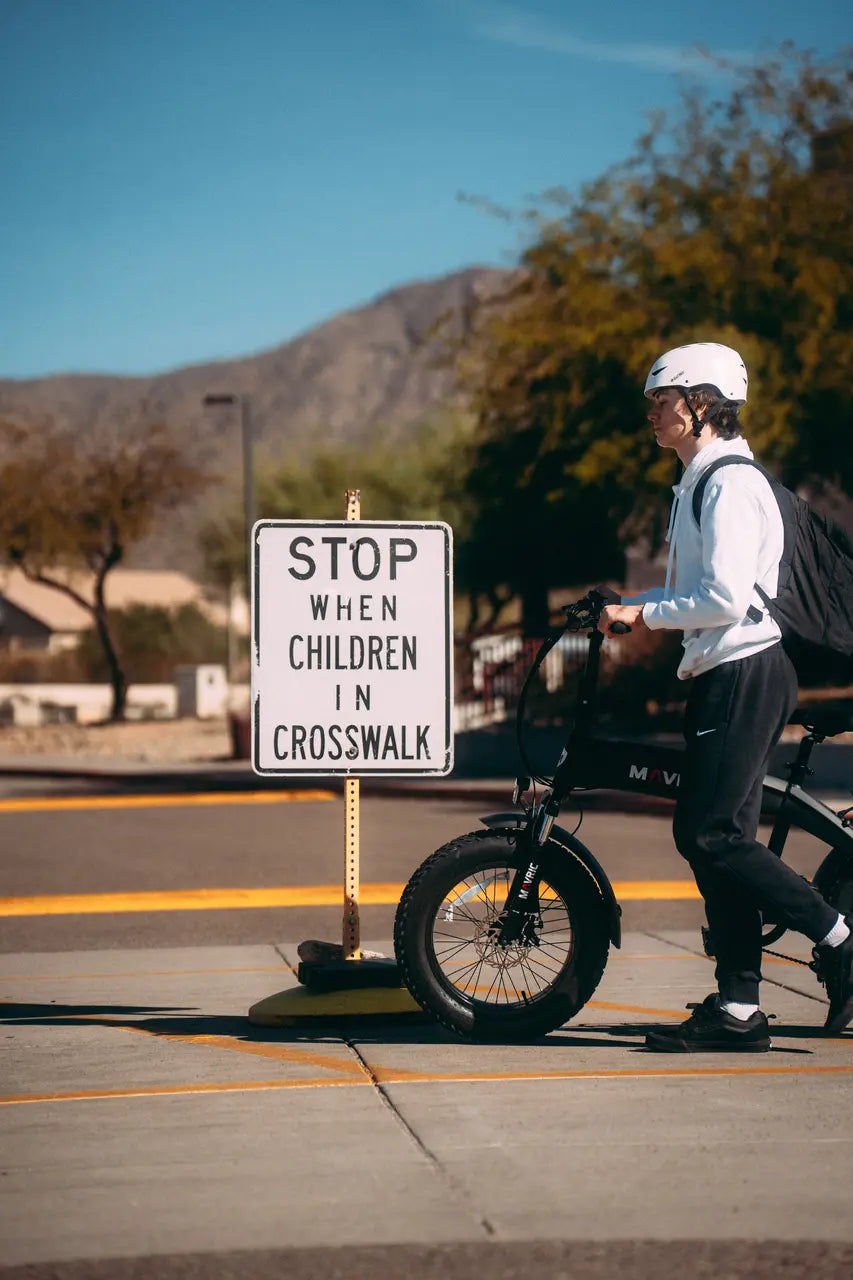Entering the world of electric bikes can be both exhilarating and a tad overwhelming. Here’s your flashlight to guide you through the maze of options, ensuring your first electric bike becomes not just a purchase, but a lifelong journey on two wheels.
Understanding Electric Bike Power and Performance
When it comes to electric bikes, power, and performance are pivotal. A good starting point is to understand the motor’s wattage, as it directly impacts how well the bike climbs hills and its top speed on flat surfaces. Most e-bikes will have a motor between 500 to 750 watts, offering a balance between speed and battery efficiency. Remember, higher wattage means quicker acceleration but can drain your battery faster. Also, consider the torque of the bike, especially if you’re planning to tackle hilly terrains. Torque measures the motor’s force, affecting how easily your bike can start and climb.
Another aspect to consider is the pedal-assist levels, which can significantly alter your riding experience. E-bikes come with a variety of modes, from eco to boost, allowing you to adjust the amount of power the motor delivers. This plays a crucial role not only in battery conservation but also in how the bike feels when you’re pedaling. Some bikes also include a throttle feature, enabling the bike to propel forward without pedaling, a handy feature for steep hills or when you need to take a break from pedaling.
Battery Life Essentials for Your First Electric Bike
Battery life is the backbone of your e-bike’s performance. Look for bikes with a lithium-ion battery, which offers a great balance between weight, longevity, and cost. The battery’s capacity, measured in watt-hours (Wh), determines how far you can go on a single charge. A higher watt-hour means longer distances, but also a longer charging time and possibly a heavier battery. It’s important to consider your typical ride length and whether you have access to charging points when choosing your battery size.
Additionally, it’s worth noting that the battery’s lifespan is measured in charge cycles, with most quality batteries lasting between 500 to 600 cycles. This means eventually the battery will need replacing. To prolong the life of your battery, store it in a cool, dry place and avoid letting it completely discharge before recharging.
Decoding the Types: Finding the Perfect Fit
E-bikes come in various designs, each suiting different types of riders and uses. Road bikes are streamlined for speed and long-distance, while mountain bikes offer robust frames and suspension for off-road adventures. For urban commuters, electric city bikes provide comfort and practical features like racks and fenders. Hybrid models combine elements of road and mountain bikes, making them versatile for both city commuting and leisurely rides. Consider where you’ll be riding your e-bike the most to pick a style that best fits your needs.
The Importance of Weight and Portability
The weight of an electric bike impacts both its handling and portability. Generally, e-bikes are heavier than their non-electric counterparts, with the added weight of the motor and battery. If you live in an apartment or plan to transport your bike frequently, consider lighter models or those with removable batteries to make life easier. Additionally, the bike’s weight impacts its range and speed; a heavier bike will consume battery power more quickly. Testing the bike to see if you can comfortably lift and maneuver it can be a valuable step in your decision-making process.
Safety Features That Should Not Be Overlooked
Safety cannot be overstated when it comes to electric bikes. Look for models with sturdy brakes, such as hydraulic or mechanical disc brakes, for reliable stopping power. Lights and reflectors are essential, not just for night riding but also for cloudy days to ensure you’re visible to other road users. Investing in a bike with a good quality frame and fork is equally important, as they provide the necessary support and durability for both the rider and the bike’s electrical components. Additionally, considering bikes with integrated lock systems can provide peace of mind during your urban adventures.
Warranty and After-Sales Support Expectations
The warranty coverage and the quality of after-sales support can tell you a lot about the manufacturer’s confidence in their product. Look for warranties that cover at least two years on the battery and motor, as these are the heart of your e-bike and can be costly to replace. Frame warranties can extend longer, often reflecting the anticipated lifespan of the bike. Additionally, consider manufacturers or retailers that offer robust after-sales support, including service workshops, availability of spare parts, and helpful customer service, ensuring you enjoy a seamless riding experience for years to come.
Must-Have Accessories for Your Electric Bike Journey
Accessorizing your e-bike not only enhances your riding experience but also ensures your safety and comfort. Here are a few must-haves: a high-quality helmet that offers proper ventilation and protection, a reliable lock to secure your bike, panniers or baskets for carrying personal items or groceries, and a maintenance kit for on-the-go repairs. Depending on your riding habits, you might also consider mudguards for wet conditions, a kickstand for easy parking, and one of the most overlooked accessories, a comfortable seat that can make long rides more enjoyable.










Leave a comment
This site is protected by hCaptcha and the hCaptcha Privacy Policy and Terms of Service apply.